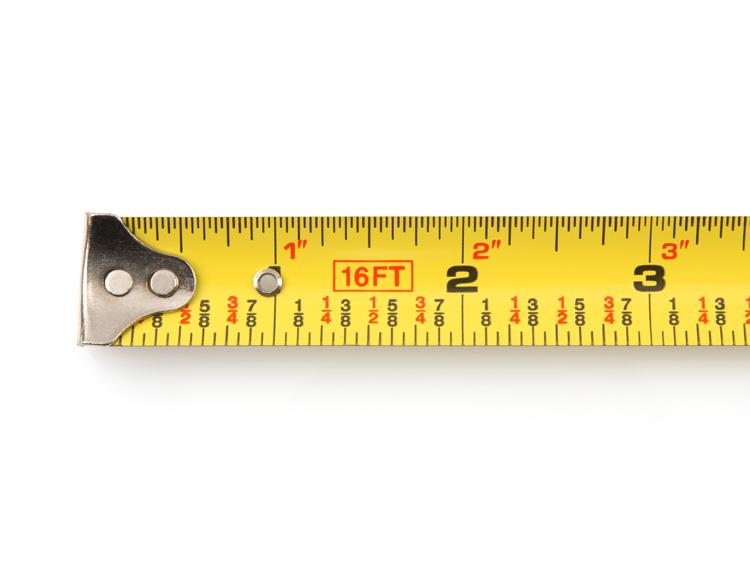How Far Should a Septic Tank Be from the House?
When it comes to septic systems, one crucial aspect that often gets overlooked is the distance between the septic tank and the house. This often raises the question: how far should a septic tank be from the house? In this article, we will delve into this topic with a straightforward and no-nonsense approach, providing you with practical recommendations and essential information.
To ensure the efficient and safe functioning of a septic system, it is crucial to consider the appropriate distance between the septic tank and the house. While there are no hard and fast rules, several factors come into play when determining this distance. Let’s explore these factors in detail.
| Factors to Consider | Recommended Distance |
|---|---|
| 1. Soil Composition | Varies based on soil percolation rate |
| 2. Local Regulations | Follow local guidelines and codes |
| 3. House Size and Occupancy | Consider the number of bedrooms and occupants |
| 4. Topography | Account for slopes and drainage patterns |
Soil composition plays a significant role in determining the distance between the septic tank and the house. Different soil types have varying percolation rates, affecting the absorption and treatment of wastewater. It is essential to assess the soil’s ability to handle the effluent and adjust the distance accordingly.
Local regulations and codes also come into play when determining the distance. Different regions may have specific guidelines regarding septic system installations. It is crucial to consult with local authorities or professionals to ensure compliance with these regulations.

The size of the house and the number of occupants are essential factors to consider. Larger houses with more bedrooms and occupants generate higher volumes of wastewater, requiring a larger septic system and potentially influencing the distance between the tank and the house.
Additionally, the topography of the property should be taken into account. Slopes and drainage patterns can impact the flow of wastewater and the overall functionality of the septic system. Proper consideration of the topography will help determine the optimal distance for the septic tank placement.
In conclusion, determining the appropriate distance between the septic tank and the house is a crucial aspect of septic system installation. Factors such as soil composition, local regulations, house size and occupancy, and topography all play a role in this decision. By considering these factors and consulting with professionals, you can ensure the efficient and safe operation of your septic system.
Now that we have covered the introduction, please provide me with the next command for the main text and conclusion.
Factors to Consider When Determining the Distance
When determining the distance between the house and the septic tank, several key factors should be taken into consideration. Let’s explore these factors in detail:
1. Soil Composition
The soil composition plays a vital role in determining the appropriate distance for a septic tank. Different soil types have varying percolation rates, which affect the absorption and treatment of wastewater. Soil with high clay content, for example, has a slower percolation rate, requiring a greater distance between the house and the septic tank. On the other hand, sandy or loamy soils have a higher percolation rate, allowing for a shorter distance.
2. Local Regulations and Codes
Local regulations and codes regarding septic system installations vary from one area to another. It is crucial to consult with local authorities or septic system professionals to ensure compliance with these regulations. They can provide specific guidelines on the minimum distance required between the house and the septic tank based on local requirements.
3. House Size and Occupancy
The size of the house and the number of occupants also play a significant role in determining the distance between the house and the septic tank. Larger houses with more bedrooms and occupants generate higher volumes of wastewater. Therefore, a larger septic system is required, which may influence the distance between the tank and the house. It is essential to consider the capacity of the septic system to handle the wastewater generated by the household.
4. Topography
The topography of the property should not be overlooked when determining the distance between the house and the septic tank. The presence of slopes, hills, or uneven terrain can impact the flow of wastewater and the overall functionality of the septic system. Proper consideration of the topography will help determine the optimal placement of the septic tank to ensure efficient drainage and avoid potential issues.
Practical Recommendations
Based on the factors discussed above, here are some practical recommendations to consider when determining the distance between the house and the septic tank:
- Consult with local authorities or septic system professionals to understand the specific regulations and codes in your area.
- Conduct a soil percolation test to assess the soil’s ability to handle wastewater. This will help determine the appropriate distance based on the soil composition.
- Consider the size of your house and the number of occupants to determine the capacity of the septic system required.
- Take into account the topography of your property, including slopes and drainage patterns, to ensure proper wastewater flow.
- Engage the services of a qualified septic system installer who can assess your property and provide expert advice on the optimal distance for your septic tank.
Conclusion
Determining the appropriate distance between the house and the septic tank is crucial for the efficient and safe operation of a septic system. Factors such as soil composition, local regulations, house size and occupancy, and topography all play a role in this decision. By considering these factors and following the practical recommendations outlined above, you can ensure the proper functioning of your septic system and avoid potential issues in the future.
If you have any further questions or need additional information, do not hesitate to consult with professionals in the field. Remember, a well-planned and properly installed septic system is essential for the overall health and functionality of your property.
0 Comments